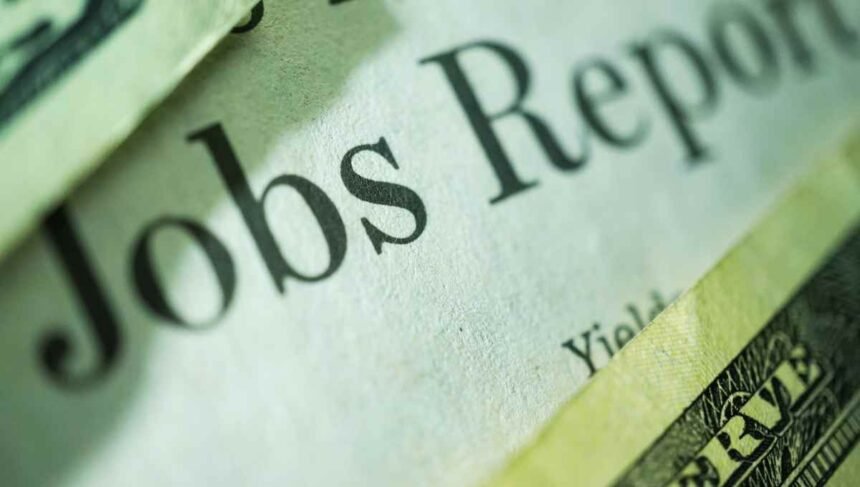Wall Street’s upbeat mood could take a hit if Friday’s November jobs report is hotter than predicted, casting doubt on the idea that the economy has cooled down sufficiently for the Federal Reserve to halt its interest rate increasing cycle.
Economists Expect Another Solid Jobs Gain in November
According to economists polled by Dow Jones, nonfarm payrolls increased by 190,000 in November, continuing a streak of healthy gains, following an expansion of 150,000 in October.
This information is expected to be released by the Labor Department in the monthly jobs report. While the average payroll growth over the last three months has been 204,000, it is still a sign of labor market momentum, even though it is far lower than the 342,000 level seen in the same period last year.
Despite many rate hikes aimed at cooling the economy, the headline unemployment rate is projected to remain at 3.7% in November, up only 0.2 percentage points from a year ago. Policymakers are faced with a dilemma as they were relying on indications of slowing to bring inflation under control.
Wage Growth in Focus as Key Inflation Indicator
With additional acceleration in average hourly wages projected in Friday’s report, wage growth is likely to be the most eagerly awaited piece of data.
In November, hourly wages are expected to have increased by 0.3%, bringing the yearly rate above 4% for the first time since August, according to economists.
The annual average hourly earnings rate is still not in line with the Federal Reserve’s 2% inflation target, even if it is still significantly lower than its peak of 5.9% in March.
The market may react anxiously to any positive surprise because limiting wage growth is seen as critical to reducing inflation down to manageable levels.
“When it comes down to trying to measure supply and demand, price is probably the most accurate way to look at it, and you know that wage growth has slowed considerably,” said Kathy Jones of the Schwab Center for Financial Research, who is chief fixed income strategist. “So it tells you supply and demand are coming back on track.”
Could Rising Unemployment Signal Recession?
On Friday, investors may look beyond wages to the total unemployment rate. The unemployment rate has increased by only half a percentage point since April, but if this pattern continues, it might soon prompt predictions of a recession.
When the unemployment rate rises 0.50 percentage points from its lowest point, according to the so-called Sahm Rule, it may be an indication that a recession is starting.
With the rate having increased by 0.4 percentage points since April, the numbers from November could bring us one step closer to sounding the alarm.
Some Signs of Cooling, But Also Ongoing Strength
The job market has been showing increasing signals of instability, which could lead to a downturn. There was a 2.5-year low in job opportunities only recently, tiny private payroll gains in November according to ADP, and continuing unemployment claims are still at a high level.
But if the car workers go on strike again, it might add an offset boost to payrolls. The conclusion of labor stoppages may have added 38,000 jobs last month, according to Goldman Sachs economists. This helped boost their prediction to a solid 238,000.
Views that further Fed tightening is necessary to slow the economy would undoubtedly be hardened by such a beat. It highlights the delicate juggling act that policymakers must perform in order to control inflation and ensure a gradual smooth landing.
“People are just being extremely cautious at this particular point,” claimed Neil Costa, CEO of recruiting service HireClix. Costa noted that industries such as transportation and manufacturing had seen a decline in hiring demand this year.
For the Federal Reserve, the key concern is whether the job market’s recent flurry of activity is prompting enough prudence. To find out if lawmakers’ job is almost done or only halfway done, go no farther than Friday’s crucial jobs report.





